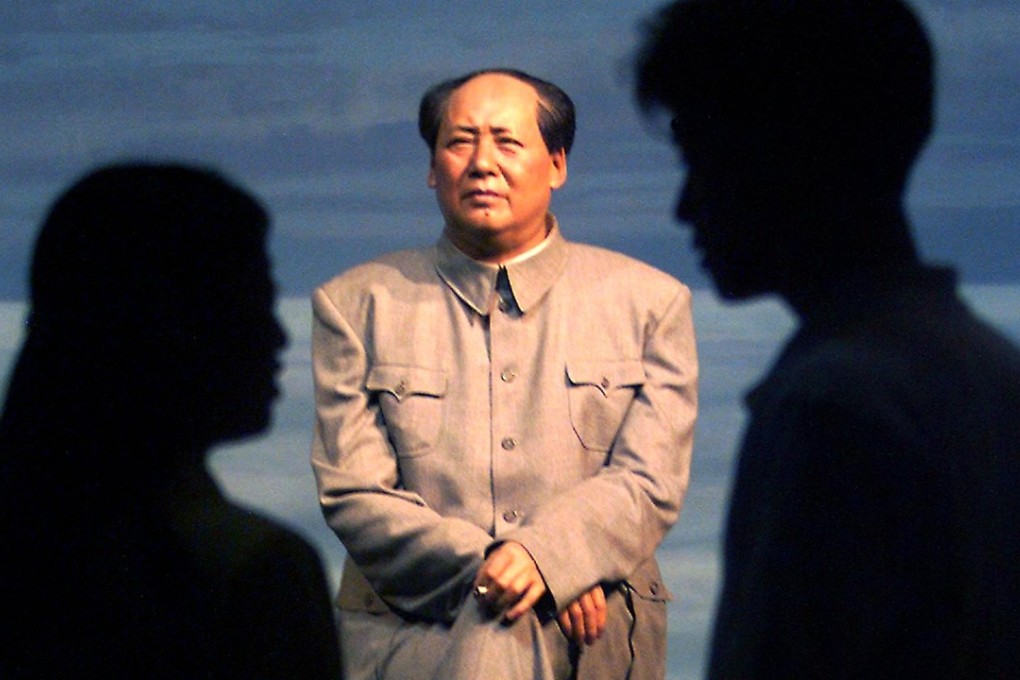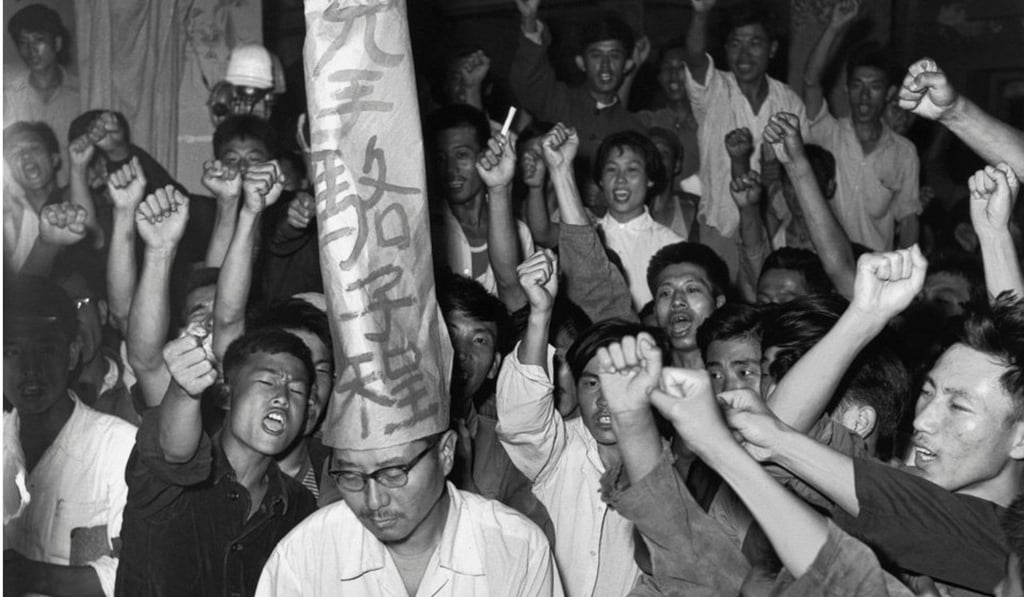Advertisement
Opinion | China leaves Mao Zedong’s legacy in place, even as Taiwan purges Chiang Kai-shek’s
Cary Huang says Taiwan’s re-evaluation of Chiang’s legacy should prompt some similar reflections on the tragedies of Maoism in China – but probably won’t
Reading Time:3 minutes
Why you can trust SCMP
0

No one played a bigger role in shaping China’s history in the 20th century than former Kuomintang leader Chiang Kai-shek and his long-time communist foe Mao Zedong.
There are plenty of good reasons to compare them, as they had many resemblances in personality and philosophy of rule, and are the most controversial figures in modern Chinese history.
A recent Taiwanese legislative motion for a full investigation into Chiang’s rule and seeking to rid Taiwan of his legacy could raise the prospects for a similar review of Mao, though such an overhaul seems more remote than ever amid the recent resurrection of Maoism in the communist-ruled nation.
The Communist Party of China has been remarkably reluctant and defiant about facing its history or the political symbols related to its late leader. Mao has been heralded by some as a hero for founding the people’s republic, which ended a century of humiliation and the long period of chaos under competing warlords. But his 1949-1976 rule was marked by famine, terror and devastation.
The 20th century was characterised by death and slaughter, with more than 100 million people killed in the Holocaust, two world wars and the communist movement.

Book review: The Killing Wind is not for the faint-hearted as it charts Cultural Revolution horrors
Advertisement
